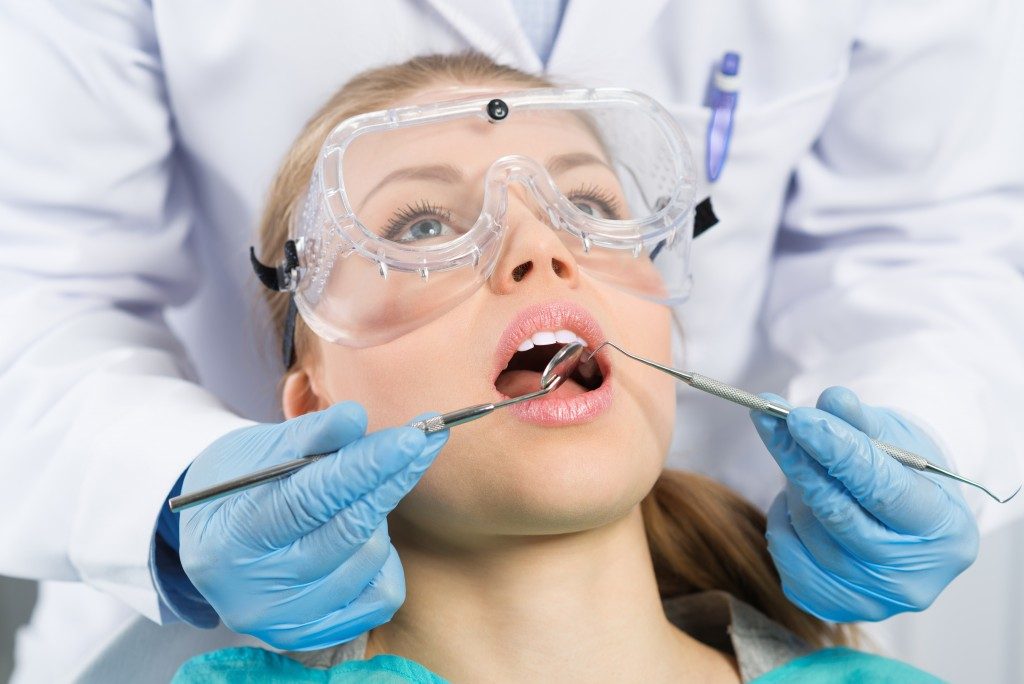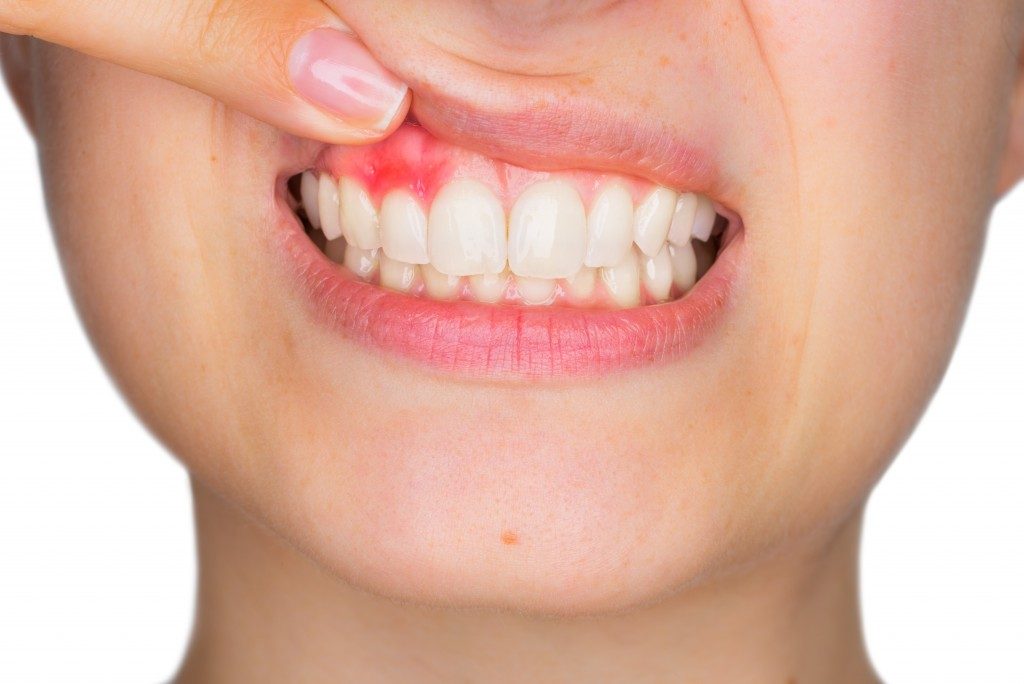Multiple elements pose considerable risk to your oral health. Most people nonetheless assume all they need are clean white teeth and pain-free teeth and gums. Though beneficial, dental health encompasses more than this. One area most people will hardly pay attention to is their gums. It is impossible to have healthy and fully functioning teeth without the highest level of gum health. Even so, few people consider their gums’ health if they are not sore or bleeding.
They will only realize their gums are not as healthy when they need emergency dental care from a Meridian-based clinic for a knocked-out tooth. The gums at this time are found to have receded or become too weak to support the dental implants needed to replace the missing tooth. Receding gums, or gingival recession as the condition is also known, refers to a state where your dental roots become exposed to various elements. It is attributed to aggressive tooth brushing or flossing, genetics, abnormal positioning of teeth, teeth grinding, and trauma that push back the gums. It is characterized by red and swollen gums, loose teeth, and bad breath. Though the gums will not grow back, here are the treatments a dentist might recommend for gum recession.
Antibiotics
In mild cases of gum recession, oral antibiotics and antibiotic mouthwashes might be the solution. These will get rid of the bacteria that accumulate in the pockets left when the gums recede and avert the worsening of the condition. Your dentist will also recommend halting unhealthy habits that might compromise your gums, such as aggressive brushing.
Deep Cleaning
This is known as scaling and root planing. Here a dentist or dental hygienist will use several tools to get rid of the accumulated tartar and plaque of the roots of your teeth where the gums have receded. There is a more complex variation of this treatment known as open flap scaling and root planing. In the procedure, the affected gum tissue is folded then the bacterial pockets that will have formed in the space left by your receding gums are removed. This eliminates the bacterial pockets and accumulated tartar in those with a severe recession.
Regeneration
This alternative is meant for those who have lost some jawbone tissue owing to their gum recession. The dentist in regeneration will fold the gum tissue and remove bacteria pockets before applying a tissue regeneration material. These materials can be tissue-stimulating proteins, graft tissue, or membrane tissues. They stimulate the jawbone growth in the affected area.
Gum Grafting

Here, healthy tissue will be harvested from one area of your oral cavity or a gum rafting material used for the replacement of eroded gum tissue. Gum grafting is used for cases where a substantial amount of gum tissue has been lost to bacterial elements that proliferate in gum recession. As the gum graft takes, it will cover the exposed dental roots and strengthen the jawbone.
The above treatments are not just meant to boost your dental health but also your smile. After the treatment, you should stick to a healthy lifestyle to minimize the chances of treatment failure. Consuming a balanced diet and cessation of smoking are some lifestyle changes the dentist might recommend.

